7 Homemade Foot Soak Recipes For Exfoliation & Their Benefits
Nothing can make your tired and achy feet feel good than these DIY foot soaks.
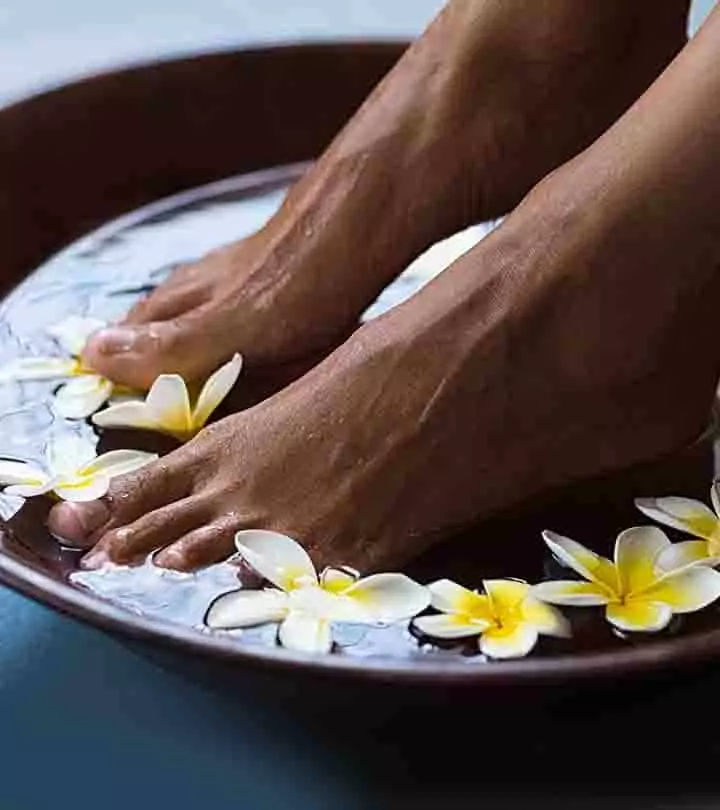
Image: ShutterStock
When we talk about skincare routines, we often forget to mention our feet. Foot care is an equally important part of the skincare routine. It is important to take care of the feet to boost blood circulation and prevent cracks. You can use the homemade foot soak recipes mentioned in this article to pamper your feet and won’t be as expensive as treatments in spas and salons. It helps soothe, hydrate, and nourish your dry skin. Moreover, foot soaks are excellent exfoliators that remove the dead skin cells and prevent cracks, corns, microbial infections, eczema, and psoriasis flare-ups. You may also use a foot soak to relax your tired and aching feet after a busy day. Read on to find out how to make a foot soak and use it.
In This Article
Benefits Of Homemade Foot Soaks

Foot soaks are a great way to relax and pamper your feet at home. Some of their benefits include:
- They make use of natural ingredients that are safe for the skin and the environment.
- They are gentle on the skin and free from synthetic chemicals and toxins.
- The antimicrobial activity of the homemade soaks helps prevent athlete’s foot and fungal infections.
- They help softens calluses, corns, rough heels, and cracked skin by moisturizing and exfoliating the skin. This helps in keeping skin conditions such as psoriasis and eczema in check.
- They soothe sore and tired feet, muscles, and joints. They also relieve soreness, itching, and burning by improving blood circulation.
- It is a perfect natural remedy for people who spend long hours standing and have pain due to plantar fasciitis or ingrown toenails.
- You can use homemade foot soaks for a quick pedicure. It is cheap and effective.
- They deodorize smelly feet without the use of any synthetic fragrances or dyes.
- It is a holistic way to get relief from stress, anxiety, and headache.
- They are effective and fast-acting. They relax your tired body, promote good sleep and enhance overall wellness.
Now that you know how great foot soaks are, let’s check out how to make them.
Key Takeaways
- The simplest and cheapest method to treat your feet is a simple DIY foot soak. They relax the skin, increase blood circulation, and relieve discomfort.
- DIY foot soak can help prevent fungal infections, relieve stress, soften calluses and corns, and treat eczema and psoriasis flare-ups.
- Epsom salt, Dead Sea salt, tea tree oil, coconut milk, lavender essential oil, honey, eucalyptus essential oil, peppermint oil, and bentonite clay are popular ingredients in foot soaks.
DIY Homemade Foot Soaks For Every Need And Concern
Homemade foot soaks are generally safe. However, do check for any allergic reactions by doing a simple patch test on your forearm. Some of the common ingredients found in foot soaks are Epsom salt, Dead Sea salt, tea tree oil, coconut milk, lavender essential oil, honey, eucalyptus essential oil, peppermint oil, and bentonite clay. You can tweak these ingredients according to your needs and availability. This is another major advantage of using DIY homemade foot soaks.
Foot Soak For Dry Skin

Folk remedies suggest that honey and coconut milk nourish and moisturize the skin, while cinnamon is claimed to help in boosting blood circulation. Sea salt helps in exfoliating the dead skin.
What You Need
- 1 cup honey
- 1 cup sea salt
- 1 cup coconut milk
- 1 teaspoon cinnamon powder
- Rosemary essential oil
What To Do
- Mix the honey, sea salt, and coconut in a small bowl of boiling water.
- Slowly add the mixture to a tub of lukewarm water.
- Sprinkle the cinnamon powder and a few drops of rosemary essential oil into the water to get that aromatherapy-like experience.
- Soak your feet in it for 20 minutes.
- Gently scrub and wash your feet with warm water.
- Dry them with a towel and moisturize them.
Frequency:
Once a week
Foot Soak For Itchy Feet
Bentonite clay helps fight any bacteria and exfoliates the skin. Fungi and bacteria can cause irritation and itching on the skin. Apple cider vinegar has antimicrobial properties that can help in getting rid of them. Keep in mind that you need to consult a doctor if the itching persists.
What You Need
- 2 tablespoons bentonite clay
- Peppermint oil
- 2 tablespoons apple cider vinegar
- 1/2 cup Epsom salt
What To Do
- Mix the clay with the apple cider vinegar to make a thick paste.
- Apply this paste to your feet for at least 10 minutes or until it’s completely dried.
- Dissolve the salt and peppermint oil in the tub of hot water.
- As you soak your feet, allow the clay to naturally dissolve and come off your feet.
- Use an exfoliating brush, pumice stone, or washcloth to gently remove the leftover paste.
Frequency:
Once a week
Foot Soak For Exfoliation
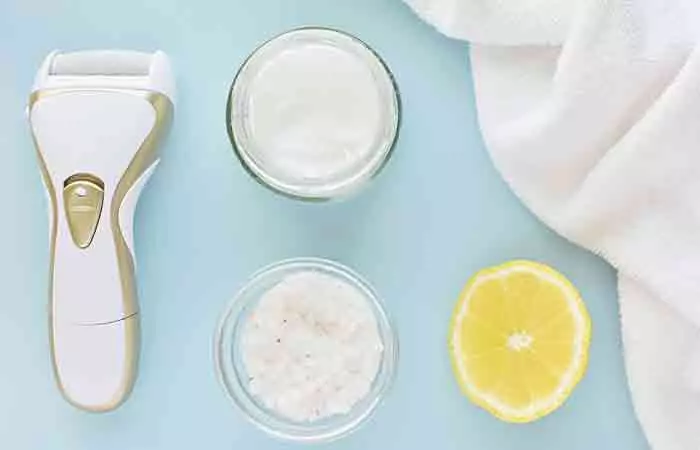
Soften up the dry, dead skin on your feet with this foot soak. Epsom salt acts as a gentle exfoliant, while tea tree oil treats fungal infections and prevents foot odor. It gently refreshes your feet and helps soothe sensitive skin. It may help relieve the itchiness caused by psoriasis or eczema.
What You Need
- 1 fresh lemon
- 1 cup vinegar apple cider
- 3 cups Epsom salt
- 2 teaspoons baking soda
- Few drops of tea tree oil
What To Do
- Mix all ingredients together in a tub of lukewarm water and soak your feet in it.
- After soaking your feet, use a pumice stone, exfoliating brush, or washcloth to gently remove excess dead skin.
Frequency:
Once or twice a week
Foot Soak For A Relaxing And Foot-Refreshing Experience
Use this foot soak to unwind after a long day and give a much-needed pampering session to your tired feet. A simple foot soak like this can help you get rid of all the aches and refresh you. Olive oil can gently moisturize and fight any inflammation in your feet, while lavender and rosemary oils relax your senses.
What You Need
- 2 tablespoons olive oil
- 5-20 drops of lavender and rosemary essential oils
- 2 cups Epsom salt
- 2 teaspoons of green tea
- 1/4 cup dried flowers, such as rose, chamomile, and lavender
What To Do
- Mix all the oils in a large bowl.
- Mix in the other ingredients. You can make this mixture in bulk and store it in an airtight container for up to 2 weeks.
- Slowly dissolve the mixture into a tub of hot water.
- Soak your feet in the tub for 20 minutes, then wash them with lukewarm water.
Frequency:
Once a week
Foot Soak To Soften The Skin
Aloe vera, coconut milk, and olive oil
help in moisture retention and soften the skin. Eucalyptus oil relieves pain and has a refreshing effect on the skin. The skin-friendly, natural, and antifungal ingredients in this foot soak fight infections without causing any irritation. Try this foot soak for gentle, soft feet.
What You Need
- 1/2 cup coconut milk
- 2 teaspoons aloe vera
- Olive oil (as required)
- 5–20 drops essential eucalyptus oil
What To Do
- Mix coconut milk and aloe vera slowly in the tub of lukewarm water.
- Combine the essential and olive oil in a bowl before adding them to the bath.
- Soak your feet in the tub for 20-30 minutes.
- Wash your feet with lukewarm water.
Foot Soak For Achy Feet
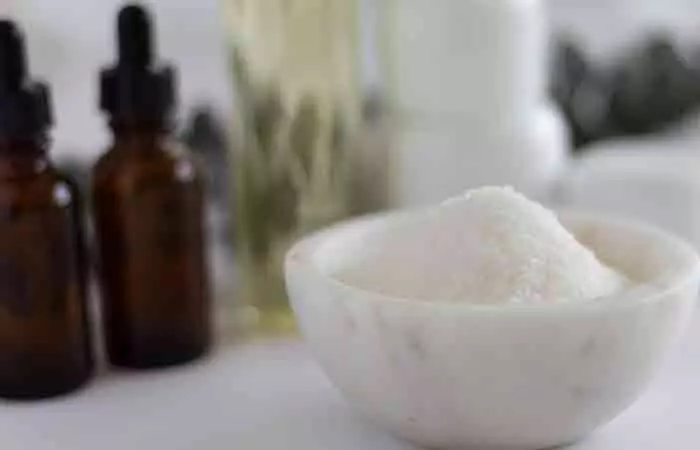
This foot soak has essential oils and Epsom salt that help in softening dry, callused heels. They are said to improve blood circulation, which helps in soothing achy feet. However, the benefits of these ingredients have not been scientifically proven.
What You Need
- 1/2 cup Epsom salt
- 1 cup Dead Sea salt
- 5–20 drops essential oil of choice, such as peppermint, lavender, or rosemary (optional)
What To Do
- Dissolve the salts in a tub of hot water.
- Pour a few drops of the essential oils.
- Add the mixture to the bath.
- Soak your feet in the bath for 15-20 minutes.
Foot Soak For Smelly Feet
Vinegar contains acetic acid, which has antibacterial properties. Thus, it may help fight any odor-causing bacteria effectively. The pungent smell of vinegar may also help neutralize the foot odor.
What You Need
- 1 cup of vinegar
- Warm water
What To Do
- Fill a basin with warm water, ensuring it is enough to cover your feet comfortably.
- Add the vinegar and stir the mixture well.
- Soak your feet in the basin for about 15-20 minutes.
- Pat your feet dry thoroughly.
 Quick Tip
Quick TipGarima Madam, a makeup, skin care, and DIY blogger, shares her own hand and foot soak recipe using Epsom salt, Himalayan pink salt, dried flower petals, and essential oils on her blog. “I find these soaks very relaxing and they help ease the muscle pain as well (i),” she writes.
Now, let’s check out the safety tips you need to keep in mind when using a foot soak.
Safety Tips And Aftercare

- Do a patch test on your forearm to check for allergies to any of the ingredients.
- Ensure the water is not too hot before submerging your feet in the tub.
- Do not use foot soaks if you have open sores, cuts, or ulcers on your feet.
- Exfoliate your feet with a pumice stone, brush, or muslin cloth after using a foot soak. Do not use a razor or scraper to remove dead skin.
- Lock in the moisture by slathering a good moisturizer or oil after using a foot soak. You can also wear socks overnight or for a couple of hours after the foot soak.
- Elevate your feet for at least 20 minutes before drifting off to sleep.
- After a foot soak, always make sure that you dry the feet thoroughly, especially between the toes, to prevent fungal infections. This is because moisture trapped between the toe spaces can encourage fungal growth.
 Quick Tip
Quick TipInfographic: 5 DIY Foot Soak Recipes To Try
While caring for our skin and body, we often tend to overlook our feet. However, they are equally an important part of any skin and body care routine. If you are wondering about how to take care of your feet, foot soaks can help. Check out the infographic below for simple DIY recipes to keep your feet supple, smooth, hydrated, and healthy.

Illustration: StyleCraze Design Team
With these homemade foot soaks, you can soak up all of the pleasant vibes in the comfort of your own home. They aid relaxation by increasing blood circulation and relieving discomfort. They can also help with fungal infections, stress relief, softening calluses and corns, and eczema and psoriasis flare-ups. Use these DIY foot soaks in your self-care routine. It also helps treat muscle cramps, headaches, and anxiety. However, these foot soaks should not be used in place of medical treatment. You should consult a doctor if you experience chronic itching, cracked skin, or symptoms of infection on your feet.
Frequently Asked Questions
Is soaking feet in baking soda good?
Yes, soaking feet in baking soda is good as it can exfoliate the skin, relieve irritation, and clean the feet.
Can we soak our feet in table salt water?
Yes, you can soak your feet in table salt water.
How do you soften the hard skin on your feet?
To get rid of hard skin on the feet, follow the steps given below:
• Soak the hard skin for 10-15 minutes in warm water.
• Use a pumice stone or a large nail file to exfoliate the affected region gently.
• Apply a moisturizer.
Relax and detoxify with this all-natural foot soak. Watch the video to learn about the soothing effects of natural ingredients like Epsom salt and essential oils.
Personal Experience: Source
StyleCraze's articles are interwoven with authentic personal narratives that provide depth and resonance to our content. Below are the sources of the personal accounts referenced in this article.
i. DIY HAND AND FOOT SOAKhttps://makeupandskincare.wordpress.com/2020/06/19/diy-hand-and-foot-soak/
References
Articles on StyleCraze are backed by verified information from peer-reviewed and academic research papers, reputed organizations, research institutions, and medical associations to ensure accuracy and relevance. Read our editorial policy to learn more.
- Moisturizers for Acne
https://www.ncbi.nlm.nih.gov/pmc/articles/PMC4025519/ - Evaluation of the medicinal use of clay minerals as antibacterial agents
https://www.ncbi.nlm.nih.gov/pmc/articles/PMC2904249/ - Antimicrobial activity of apple cider vinegar against Escherichia coli, Staphylococcus aureus and Candida albicans; downregulating cytokine and microbial protein expression
https://www.ncbi.nlm.nih.gov/pmc/articles/PMC5788933/ - Melaleuca alternifolia (Tea Tree) Oil: a Review of Antimicrobial and Other Medicinal Properties
https://www.ncbi.nlm.nih.gov/pmc/articles/PMC1360273/ - Anti-Inflammatory and Skin Barrier Repair Effects of Topical Application of Some Plant Oils
https://www.ncbi.nlm.nih.gov/pmc/articles/PMC5796020/ - Effects of Inhaled Rosemary Oil on Subjective Feelings and Activities of the Nervous System
https://www.ncbi.nlm.nih.gov/pmc/articles/PMC3700080/ - Influence of Fragrances on Human Psychophysiological Activity: With Special Reference to Human Electroencephalographic Response
https://www.ncbi.nlm.nih.gov/pmc/articles/PMC5198031/ - Functional Properties of Vinegar
https://ift.onlinelibrary.wiley.com/doi/pdf/10.1111/1750-3841.12434
Read full bio of Dr. Preethi Nagaraj
Read full bio of Annie Jangam
Read full bio of Ramona Sinha
Read full bio of Shiboli Chakraborti






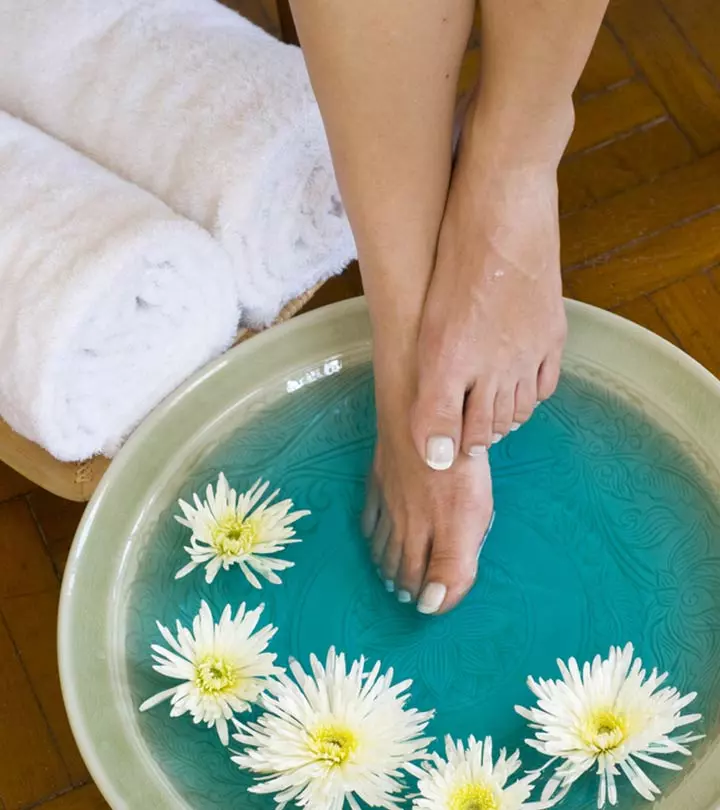
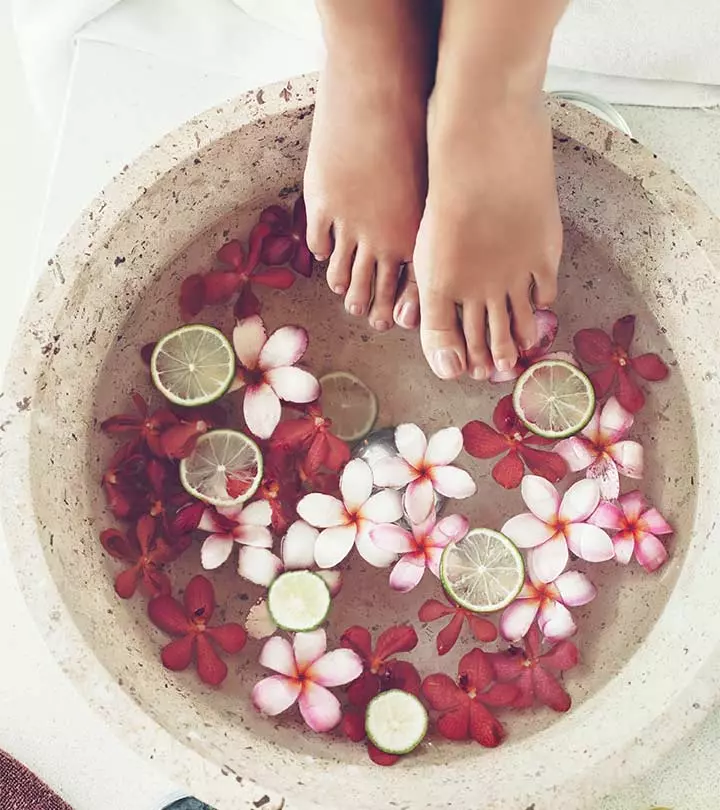

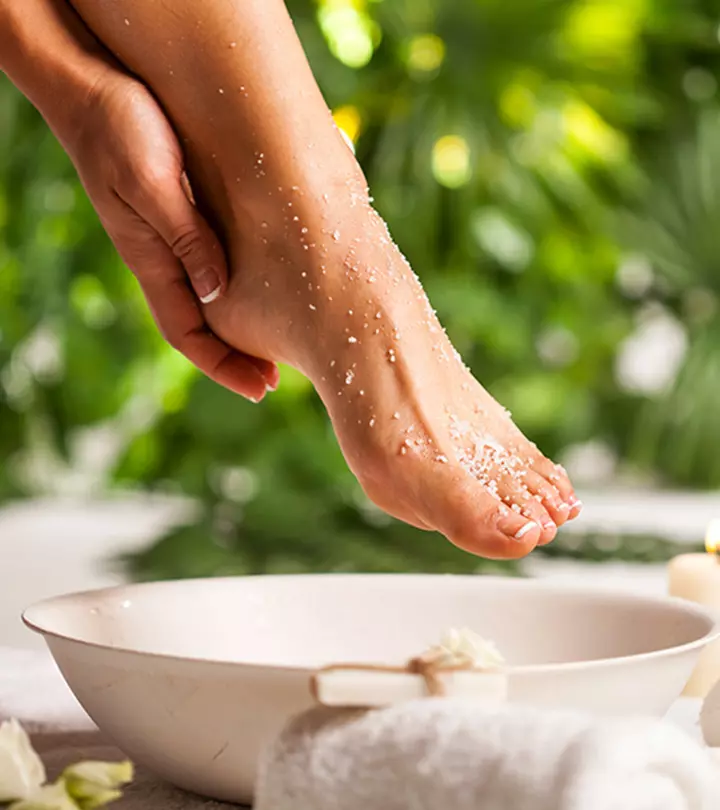
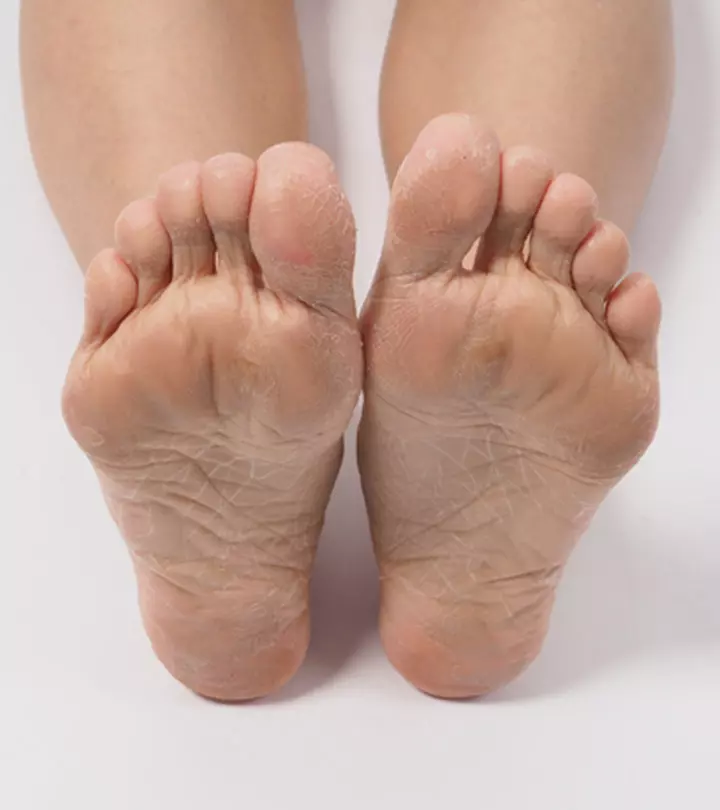
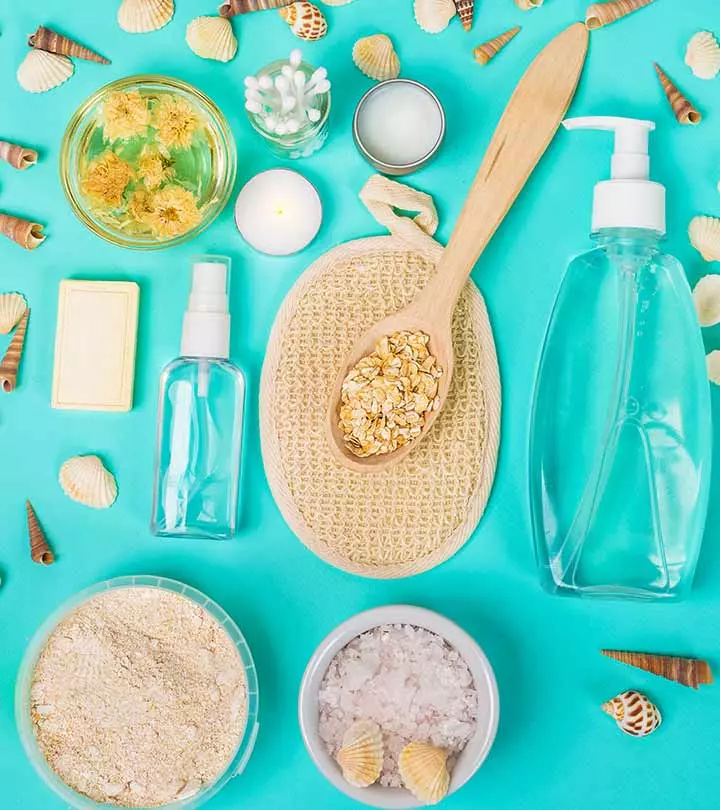
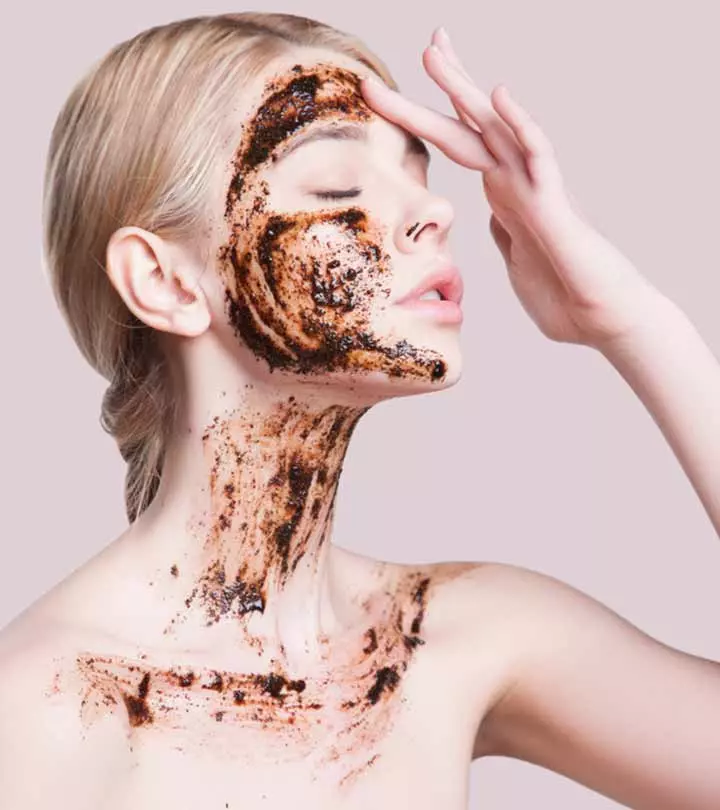
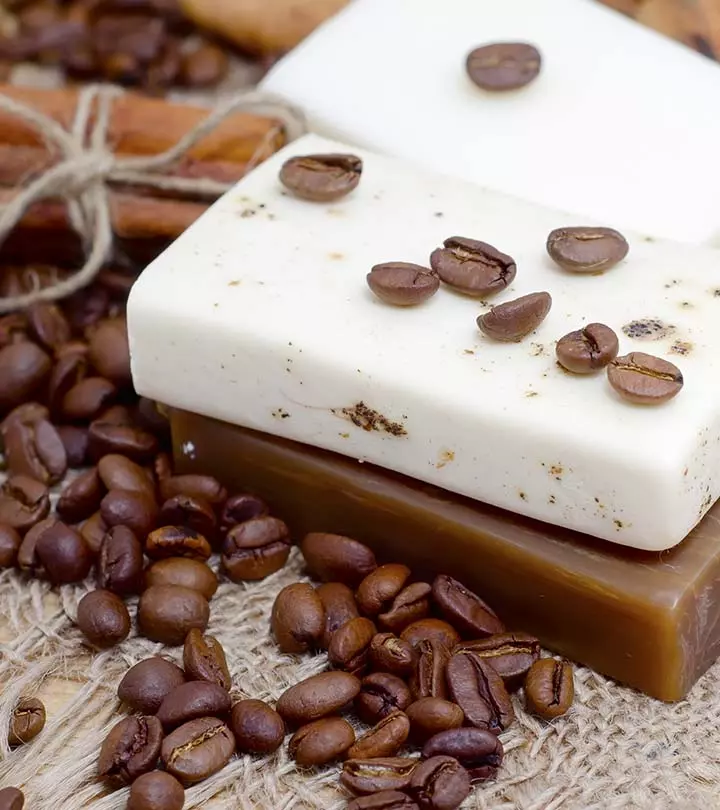
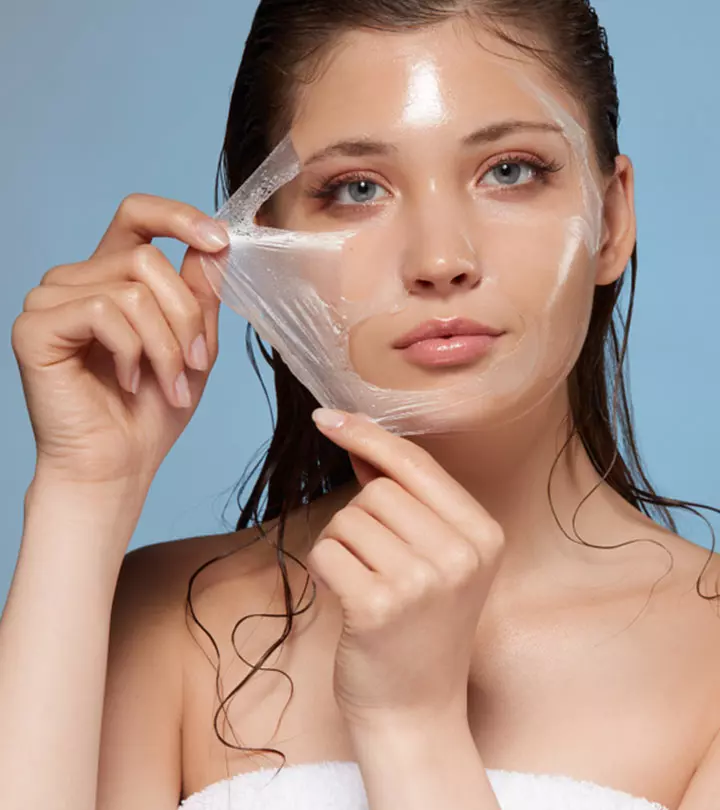
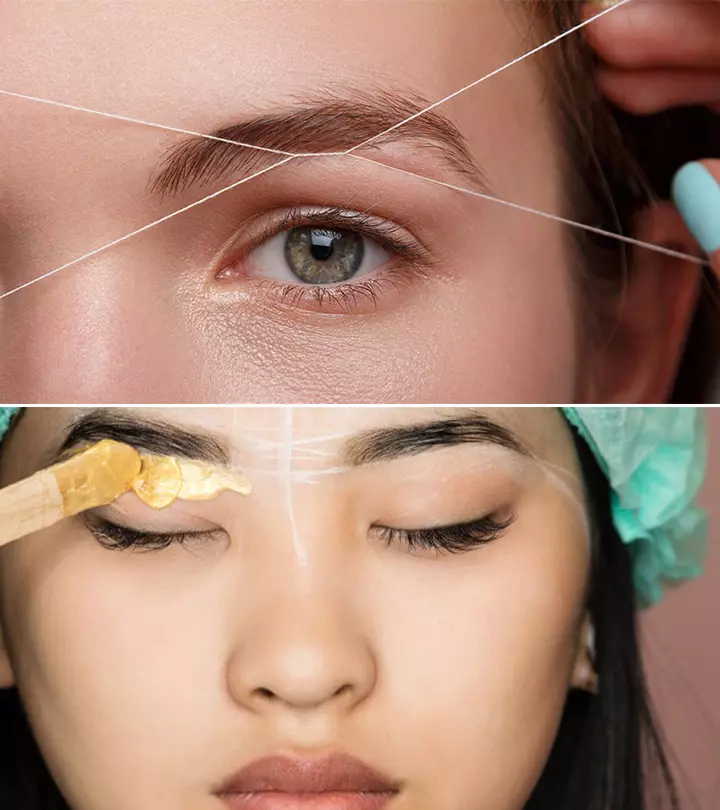
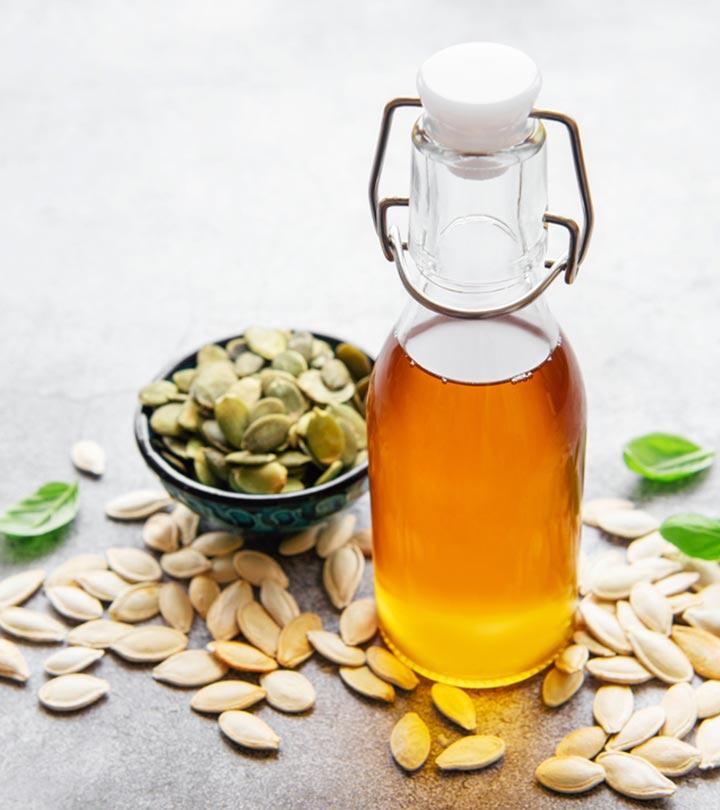
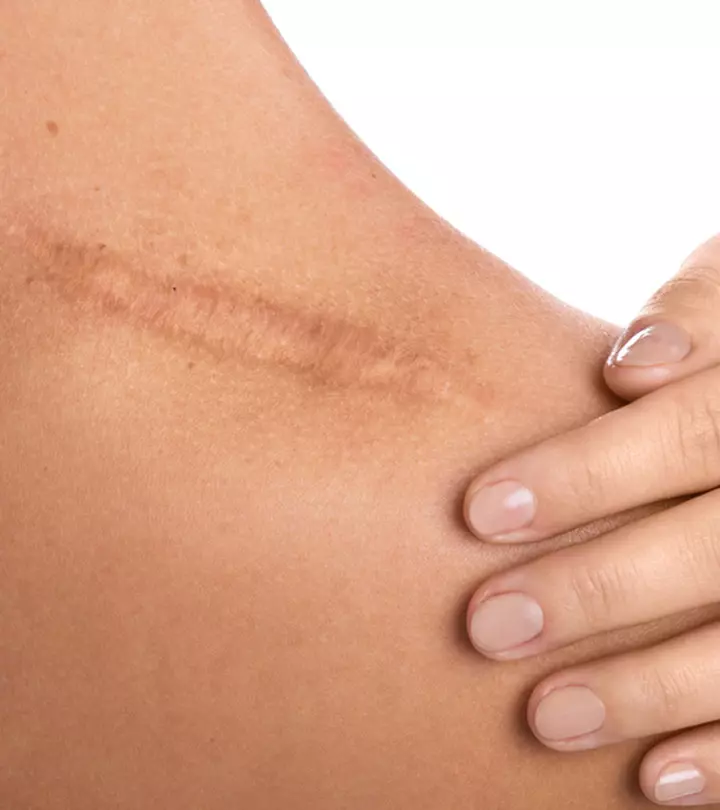
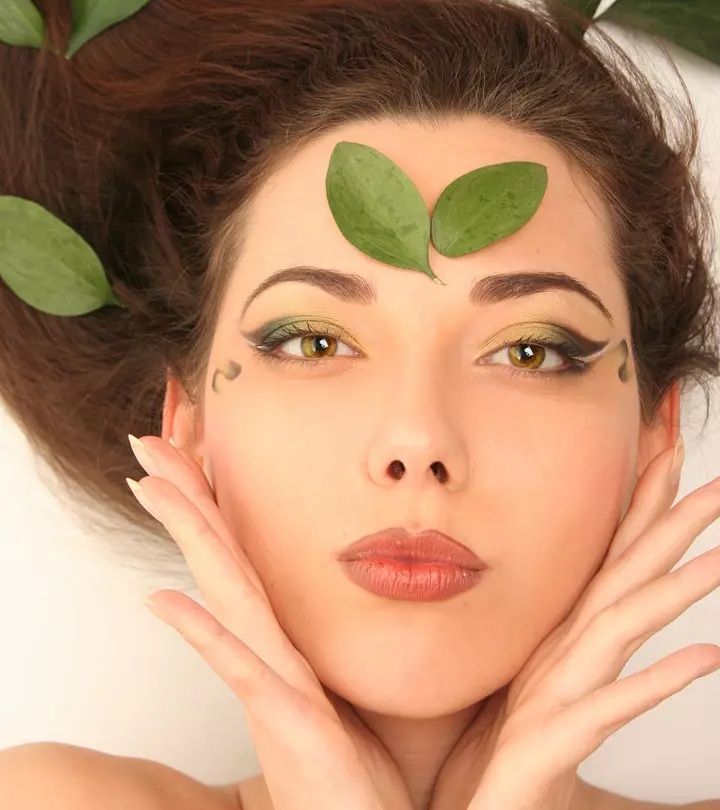
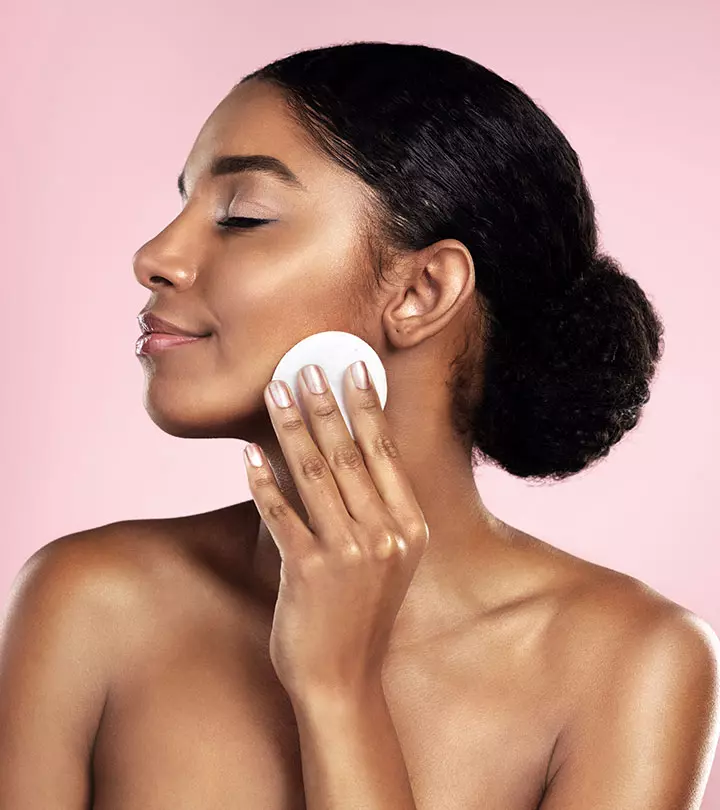

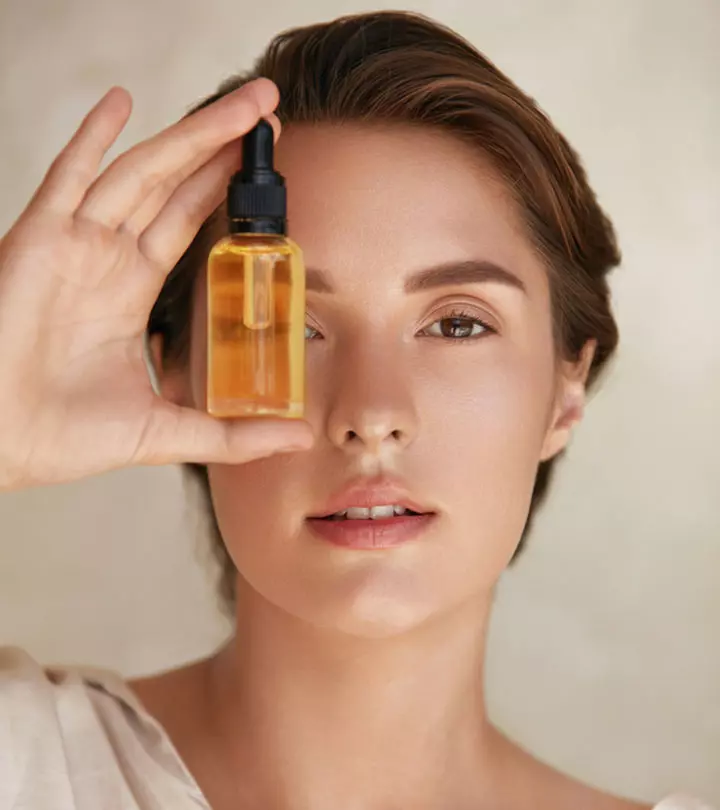

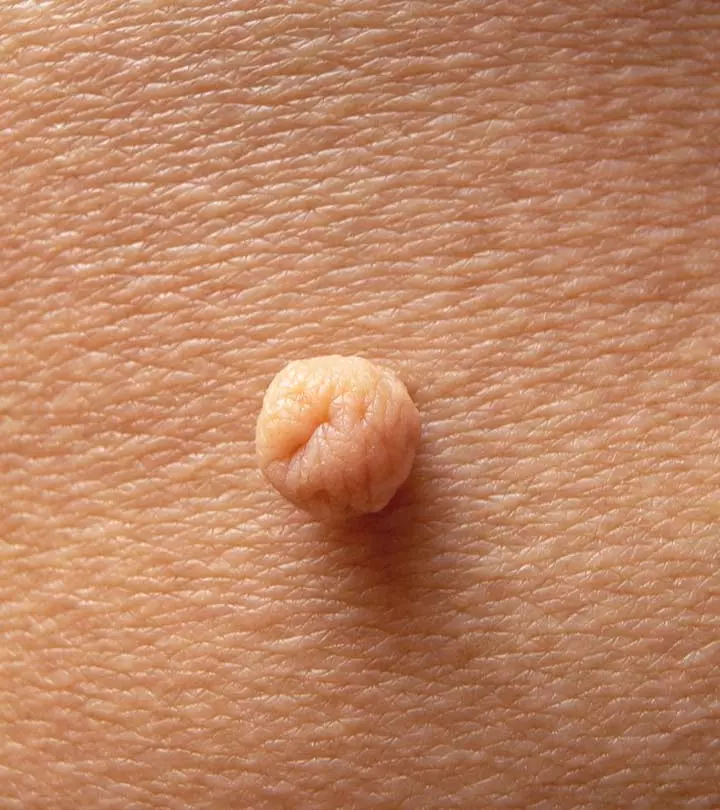
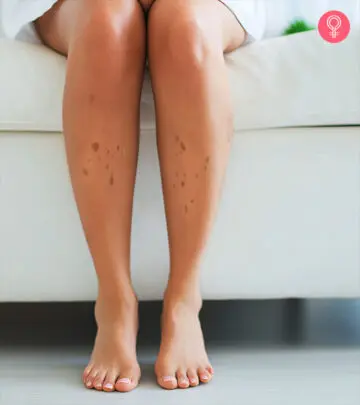


Community Experiences
Join the conversation and become a part of our empowering community! Share your stories, experiences, and insights to connect with other beauty, lifestyle, and health enthusiasts.